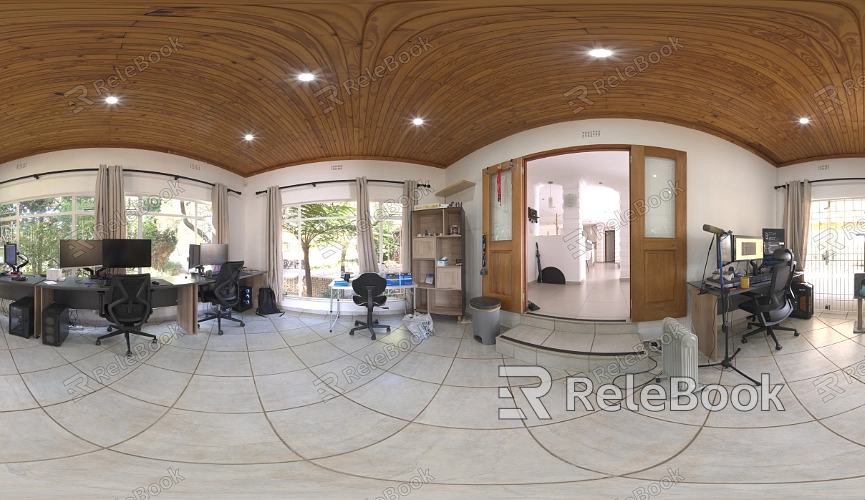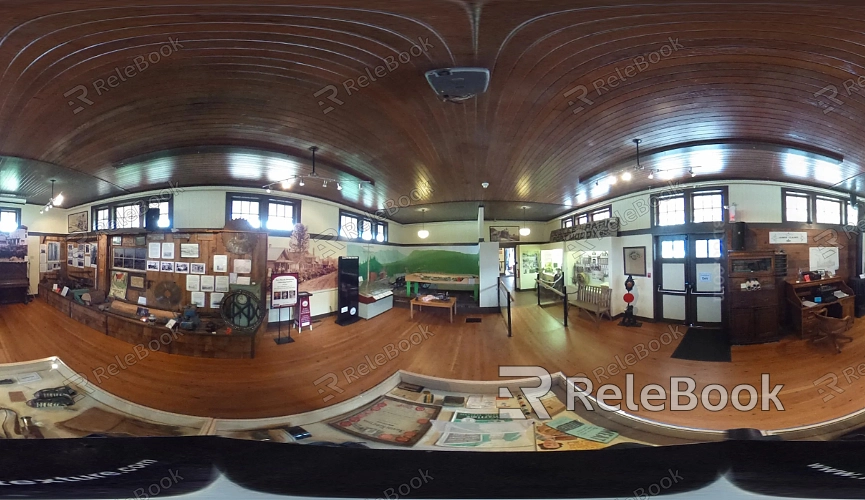How do I apply office HDR textures in 3ds Max?
Using HDR textures to create realistic office environments has become a common practice, enabling designers to enhance lighting effects and the sense of space, ensuring their work resonates with clients. 3ds Max is a widely-used 3D modeling and rendering software, equipped with robust capabilities to handle HDR textures. This article will delve into how to apply office HDR textures in 3ds Max, boosting designers' effectiveness and creativity.

Understanding the Basics of HDR Textures
Before applying HDR textures, designers should grasp their definition. HDR textures store richer lighting information, offering more detail and realism than traditional textures. Familiarity with these fundamentals aids designers in making informed choices during usage.
Preparing HDR Texture Files
Ensure you have suitable HDR texture files, which can be downloaded from various resource websites. Choose high-quality, appropriately-resolved textures that meet project needs. Platforms like Relebook can help you find premium HDR texture resources. If sourcing quality HDR textures feels complex or time-consuming, visit Relebook at relebook.com to download exquisite HDR assets directly.
Importing Textures into 3ds Max
Open the desired scene file in 3ds Max. Next, access the Material Editor and create a new material. Then, import the HDR texture file under the material’s “Environment” or “Reflection” settings. Ensure you select the correct path for proper texture loading.
Setting Material Properties
In the Material Editor, designers can adjust material properties, such as glossiness and roughness, to better simulate real-world materials. These adjustments can significantly affect rendering outcomes, so it’s important to tweak them carefully.
Using HDRI Ambient Lighting
Applying HDRI ambient lighting in 3ds Max is crucial for enhancing scene realism. From the “Lights” menu, choose “Ambient Light” and set it to HDRI type. Import the HDR texture, which will provide a more natural lighting effect for your scene.
Adjusting UV Coordinates
Ensure that the UV coordinates of objects are set correctly so that textures map appropriately to the model’s surface. Utilize the “UV Unwrap” tool to unwrap the model and adjust UV coordinates, preventing texture stretching or distortion.
Lighting Setup
Proper lighting settings can dramatically improve render quality. In 3ds Max, adjust the types, intensities, and positions of lights based on project needs. Use a combination of point lights, spotlights, and ambient lights for optimal results.

Testing Render
After completing the above steps, conduct a test render to evaluate the effects. Based on the render results, you may need to readjust material parameters or lighting setups. This process often requires multiple iterations until the desired effect is achieved.
Output and Save
Once satisfied with the render outcome, save the project and select an appropriate output format for export. 3ds Max supports various output formats, so choose one that ensures the best image quality for final presentations.
Post-Processing
After rendering, consider post-processing to further enhance image quality. Using software like Photoshop for detail adjustments can help designers achieve a more polished final result.
Applying office HDR textures in 3ds Max involves several steps, including material setup, lighting adjustments, and test renders. Mastering these techniques can significantly elevate designers' rendering quality and efficiency, making the final works more captivating. If you’re seeking high-quality HDR image resources, 3D textures, SketchUp models, or 3ds Max models, downloading from Relebook can greatly enhance your projects. By importing textures and models from Relebook into 3ds Max, you can dramatically improve the quality of your work.

